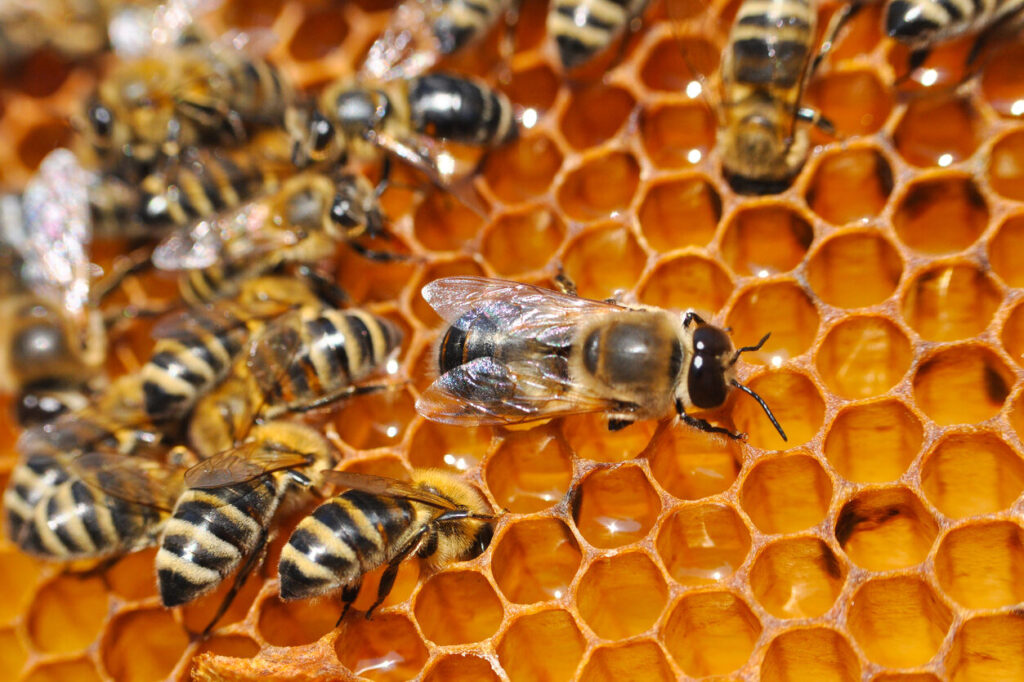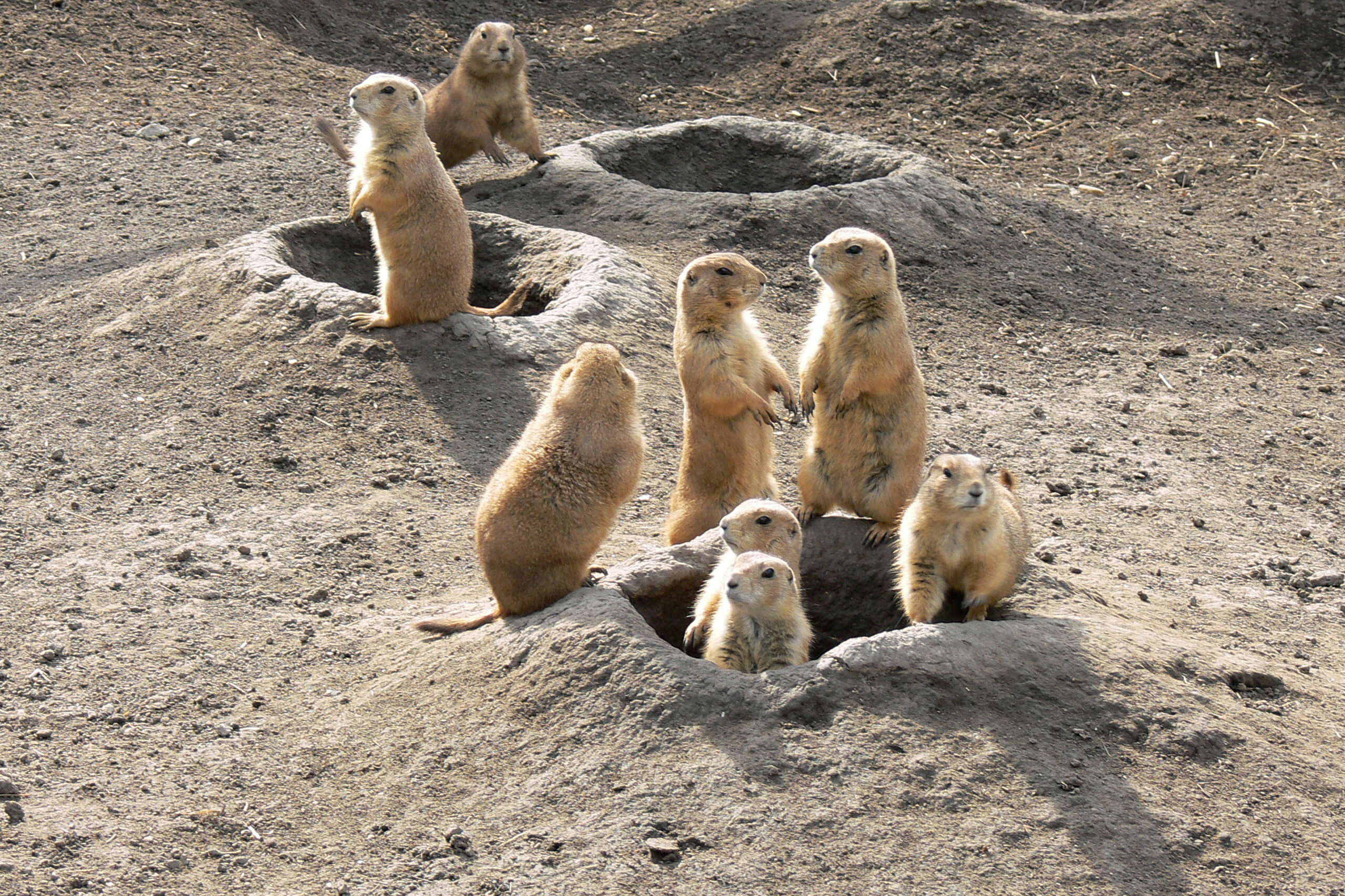1. Decoding Dolphin Dialogues

Imagine eavesdropping on a conversation between dolphins, understanding their clicks and whistles as if they were spoken words. Scientists are diving into this very possibility, using AI to analyze dolphin vocalizations. They’re not just listening; they’re deciphering, seeking patterns and structures that might represent complex communication. Picture a future where we can finally understand the intricate social lives of these intelligent marine mammals. Experts suggest that AI’s ability to process vast amounts of acoustic data is crucial in identifying subtle nuances in dolphin sounds. The aim is to create a kind of “dolphin dictionary,” mapping vocalizations to specific behaviors or social contexts.
The application of AI in analyzing dolphin communication has allowed researchers to move beyond simple frequency analysis. They are now able to detect patterns that are indicative of syntax or grammar-like structures. This analysis is crucial for understanding the information content of their vocalizations. AI is being used to identify distinct vocal signatures for individual dolphins, allowing researchers to track social interactions over time. This ability to identify individual voices is essential for understanding social dynamics within dolphin pods.
2. Translating Primate Chatter

Picture a world where we can understand the alarm calls of monkeys, knowing precisely which predator they’re warning about. Scientists are using AI to analyze primate vocalizations, identifying distinct patterns that correspond to specific threats. They’re not just recording; they’re translating, mapping sounds to meanings in real-time. Imagine the insights we could gain into primate social dynamics and predator-prey relationships. Experts say that AI helps in discerning subtle differences in primate calls that humans might miss. The aim is to create a “primate translator,” allowing us to understand the nuances of their communication. The complexity of primate vocalizations, with their various grunts, barks, and screams, requires sophisticated AI algorithms.
The use of AI in primate communication research has allowed scientists to identify specific calls that correspond to different predators. This has provided valuable insights into the cognitive abilities of primates and their understanding of their environment. AI has also been used to analyze the social context of primate calls, revealing information about social hierarchies and group dynamics. The goal is to develop AI tools that can accurately translate primate vocalizations in real-time. Experts believe that this technology has the potential to revolutionize our understanding of animal communication. The long-term implications of this research include improved conservation efforts and a deeper understanding of primate intelligence.
3. Deciphering Bee Dances

Imagine understanding the intricate waggle dances of bees, knowing precisely where they’re directing their hive to find nectar. Scientists are using AI to analyze bee movements, decoding the complex patterns that communicate location and quality of food sources. They’re not just observing; they’re interpreting, turning bee dances into precise maps. Picture a world where we can understand the vital communication that sustains entire ecosystems. Experts explain that AI allows for precise measurement of the dance’s angle, duration, and intensity. The aim is to build a “bee translator,” revealing the navigational secrets of these essential insects.
The use of AI in bee communication research has allowed scientists to analyze the waggle dance in real-time. This has provided valuable insights into the cognitive abilities of bees and their understanding of spatial relationships. AI has also been used to analyze the environmental factors that influence bee foraging behavior. This research is crucial for understanding the role of bees in pollination and ecosystem health. The goal is to develop AI tools that can accurately predict bee foraging patterns. Experts believe that this technology has the potential to improve agricultural practices and conservation efforts. The long-term implications of this research include a deeper understanding of bee behavior and improved strategies for protecting these vital pollinators.
4. Listening to Bat Sonar

Picture a world where we can understand the intricate sonar clicks of bats, knowing precisely how they navigate and hunt in the dark. Scientists are using AI to analyze bat echolocation, decoding the complex patterns that reveal their surroundings. They’re not just recording; they’re interpreting, turning sonar clicks into detailed spatial maps. Imagine the insights we could gain into the sensory world of these nocturnal creatures. Experts highlight that AI helps in discerning subtle variations in bat sonar that humans might miss. The aim is to create a “bat translator,” revealing the secrets of their echolocation. The complexity of bat sonar, with its rapid and varied clicks, requires sophisticated AI algorithms.
The use of AI in bat communication research has allowed scientists to analyze the echolocation calls of bats in real-time. This has provided valuable insights into the cognitive abilities of bats and their understanding of their environment. AI has also been used to analyze the social context of bat calls, revealing information about social interactions and group dynamics. This research is crucial for understanding the complex social structures of bat communities. The goal is to develop AI tools that can accurately translate bat echolocation calls. Experts believe that this technology has the potential to revolutionize our understanding of animal communication.
5. Interpreting Whale Songs

Imagine understanding the haunting melodies of whale songs, knowing precisely what they’re communicating across vast ocean distances. Scientists are using AI to analyze whale vocalizations, decoding the complex patterns that reveal their social interactions. They’re not just recording; they’re interpreting, turning whale songs into detailed narratives. Imagine the insights we could gain into the social lives of these majestic marine mammals. Experts say that AI helps in discerning subtle variations in whale songs that humans might miss. The aim is to create a “whale translator,” revealing the secrets of their vocal communication.
The use of AI in whale communication research has allowed scientists to analyze the songs of whales in real-time. This has provided valuable insights into the cognitive abilities of whales and their understanding of their environment. AI has also been used to analyze the social context of whale songs, revealing information about social interactions and group dynamics. This research is crucial for understanding the complex social structures of whale communities. The goal is to develop AI tools that can accurately translate whale songs. Experts believe that this technology has the potential to revolutionize our understanding of animal communication. The long-term implications of this research include improved conservation efforts and a deeper understanding of whale intelligence.
6. Decoding Birdsong

Imagine understanding the intricate melodies of birdsong, knowing precisely what they’re communicating about territory, mating, and danger. Scientists are using AI to analyze bird vocalizations, decoding the complex patterns that reveal their social interactions. They’re not just recording; they’re interpreting, turning birdsong into detailed narratives. Imagine the insights we could gain into the social lives of these avian creatures. Experts highlight that AI helps in discerning subtle variations in birdsong that humans might miss. The aim is to create a “bird translator,” revealing the secrets of their vocal communication. The complexity of birdsong, with its varied and nuanced melodies, requires sophisticated AI algorithms. This research offers a unique window into the social behaviors of birds.
The use of AI in birdsong research has allowed scientists to analyze the songs of birds in real-time. This has provided valuable insights into the cognitive abilities of birds and their understanding of their environment. AI has also been used to analyze the social context of birdsong, revealing information about social interactions and group dynamics. This research is crucial for understanding the complex social structures of bird communities. The goal is to develop AI tools that can accurately translate birdsong. Experts believe that this technology has the potential to revolutionize our understanding of animal communication.
7. Understanding Elephant Rumbles

Imagine understanding the deep rumbles of elephants, knowing precisely what they’re communicating across vast distances. Scientists are using AI to analyze elephant vocalizations, decoding the complex patterns that reveal their social interactions. They’re not just recording; they’re interpreting, turning elephant rumbles into detailed narratives. Imagine the insights we could gain into the social lives of these intelligent land mammals. Experts emphasize that AI helps in discerning subtle variations in elephant rumbles that humans might miss. The aim is to create an “elephant translator,” revealing the secrets of their vocal communication.
The use of AI in elephant communication research has allowed scientists to analyze the rumbles of elephants in real-time. This has provided valuable insights into the cognitive abilities of elephants and their understanding of their environment. AI has also been used to analyze the social context of elephant rumbles, revealing information about social interactions and group dynamics. This research is crucial for understanding the complex social structures of elephant communities. The goal is to develop AI tools that can accurately translate elephant rumbles. Experts believe that this technology has the potential to revolutionize our understanding of animal communication.
8. Analyzing Prairie Dog “Language”

Imagine understanding the complex “language” of prairie dogs, knowing precisely what they’re communicating about predators, territory, and social interactions. Scientists are using AI to analyze prairie dog vocalizations, decoding the complex patterns that reveal their social interactions. Experts highlight that AI helps in discerning subtle variations in prairie dog calls that humans might miss. The aim is to create a “prairie dog translator,” revealing the secrets of their vocal communication. The complexity of prairie dog calls, with their varied and nuanced patterns, requires sophisticated AI algorithms. This research offers a unique window into the social behaviors of prairie dogs.
The use of AI in prairie dog communication research has allowed scientists to analyze the calls of prairie dogs in real-time. This has provided valuable insights into the cognitive abilities of prairie dogs and their understanding of their environment. AI has also been used to analyze the social context of prairie dog calls, revealing information about social interactions and group dynamics. This research is crucial for understanding the complex social structures of prairie dog communities. The goal is to develop AI tools that can accurately translate prairie dog calls. Experts believe that this technology has the potential to revolutionize our understanding of animal communication.
9. Decoding Dog Barks

Imagine understanding the nuanced barks of dogs, knowing precisely what they’re communicating about their needs, emotions, and surroundings. Scientists are using AI to analyze dog vocalizations, decoding the complex patterns that reveal their social interactions. They’re not just recording; they’re interpreting, turning dog barks into detailed narratives. Imagine the insights we could gain into the emotional lives of our canine companions. Experts emphasize that AI helps in discerning subtle variations in dog barks that humans might miss. The aim is to create a “dog translator,” revealing the secrets of their vocal communication.
The use of AI in dog communication research has allowed scientists to analyze the barks of dogs in real-time. This has provided valuable insights into the cognitive abilities of dogs and their understanding of their environment. AI has also been used to analyze the social context of dog barks, revealing information about social interactions and emotional states. This research is crucial for understanding the complex social structures of dog communities and improving human-dog interactions. The goal is to develop AI tools that can accurately translate dog barks. Experts believe that this technology has the potential to revolutionize our understanding of animal communication and strengthen the bond between humans and dogs.


